
Ohio State faces Illinois in Big Ten men’s finals
The teams are playing for an automatic bid in the NCAA tournament, although both teams are expected to make the field.

The teams are playing for an automatic bid in the NCAA tournament, although both teams are expected to make the field.

Hundreds of people—many of them in town for the Big Ten men’s and women’s tournaments—turned Georgia Street into a destination again, hitting the bars, riding scooters and listening to bands.
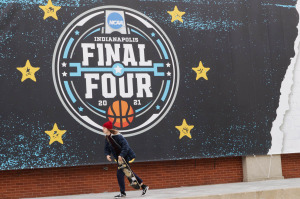
Big conference tournament games wound up as glum walkovers when teams withdrew due to COVID cases, leaving the question of whether the big bracket might suffer some similar fate, despite a bubble in Indianapolis.

The media landscape is in the throes of dramatic change that creates uncertainty but also adds to the value of events like the NCAA Men’s Basketball Tournament that attract huge live audiences.
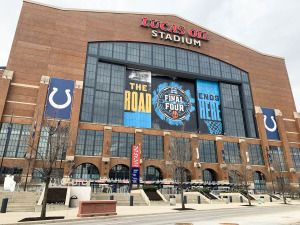
Construction of a convention center, a basketball arena, a football stadium, to start. Countless audacious moves by a long line of political and civic leaders put the city in the position for an historic achievement.
The cancellations create uncertainty about the programs’ ability to participate in the NCAA Men’s Basketball Tournament in Indiana, which begins March 18.
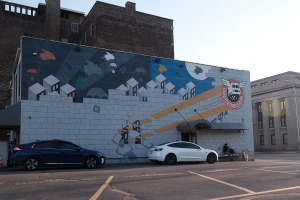
The NCAA, Indiana Sports Corp. and Visit Indy are developing a program to help match teams with restaurants that are prepared to deliver.

Visit Indy plans to bring in a small group of “key decision-makers” from across the United States throughout the tournament, with the goal of letting major event executives safely see Indianapolis’ capabilities.
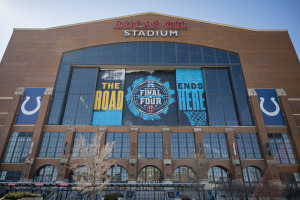
IBJ invited a group of community leaders who have been involved in sports and economic development throughout the past 40 years to talk about the city’s sports strategy, how it developed and why it remains important. The panel includes Mark Miles, Allison Melangton, Susan Williams, John Thompson and Ryan Vaughn.

Over the past few weeks, Jennifer Pope Baker has spent pretty much every waking moment overseeing Indy’s effort to host this year’s NCAA Division I Men’s Basketball Tournament.

When you talk about that body of experience [for Indianapolis], it makes this doable. It gives you an experience base that you can tap into, to pull things together.
It has been a year of uncertainty and pain. And while this basketball tournament brings a figurative new spring to Indiana, we also need to acknowledge the hard months that brought us here.
The Blue Devils abruptly had to pull out of the tournament and end their season due to a positive COVID-19 test, ending their streak of 24 consecutive NCAA appearances that began in 1996.

IBJ spoke to Butler University President James Danko and Athletic Director Barry Collier about how this years tournament and the school’s back-to-back trips to the Final Four—intertwine.

The state is expected to benefit from more than $140 million in economic impact and national exposure from the NCAA men’s basketball tournament alone, which will bring 67 games to Indianapolis, Bloomington and West Lafayette starting March 18.
Adam Silver expressed confidence Saturday that the worst of his league’s pandemic-related challenges, which included a four-month stoppage in play and billions in lost revenue, are in the past.

Other than a few facilities that will be COVID testing sites, team lounges or overflow areas, most event spaces that usually glean revenue from tournament gatherings could be left out in the cold.
Players will lose their NCAA eligibility but are promised a minimum salary of at least $100,000 per year, full health care insurance coverage, and aree guaranteed up to $100,000 for college tuition should they end their pursuit of a pro basketball career.
A limited number of spectators will be allowed to attend the Big Ten Conference’s men’s and women’s basketball tournaments in Indianapolis this month, the conference announced Thursday morning.
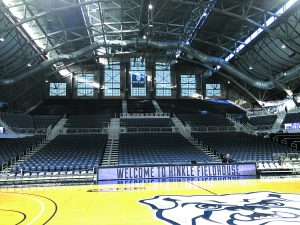
The State Farm College Slam Dunk & 3-Point Championships will be held at Hinkle Fieldhouse, along with a historic black colleges and universities all-star game.